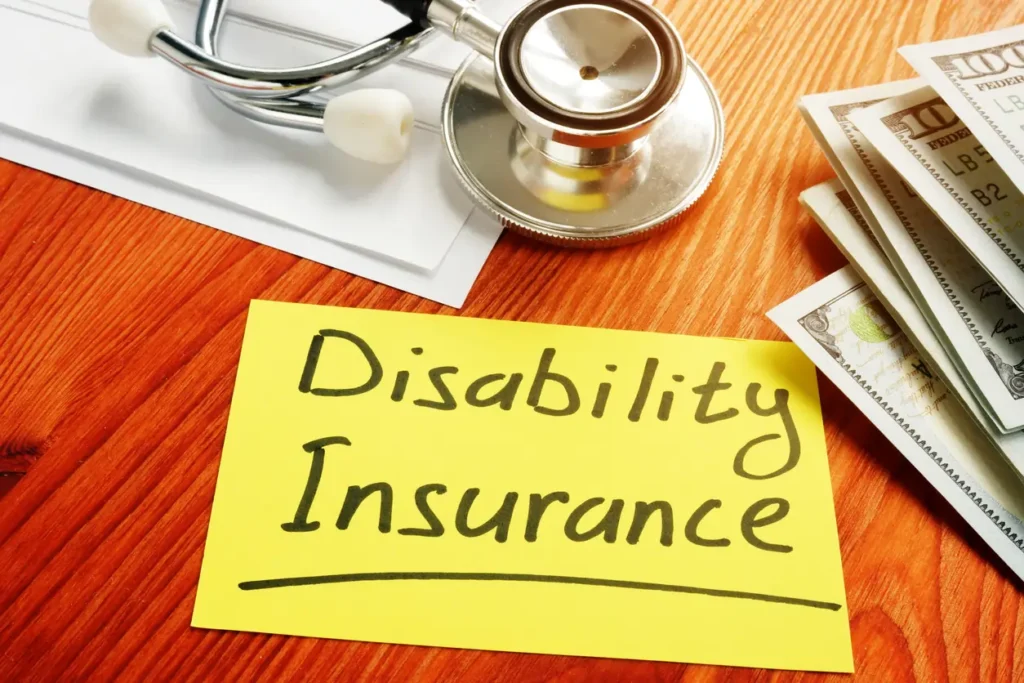
Story at-a-glance
- Government benefits won’t cut it – SSDI is hard to qualify for and only pays a fraction of your physician-level income.
- Employer plans aren’t portable – If you leave your job or your health changes, you may lose access to coverage.
- Medical insurance doesn’t cover long-term care – Nursing home costs require a separate long-term care policy.
- Delaying coverage is risky – Disability can strike in your 20s or 30s; waiting may cost you coverage.
- You can afford it as a resident – Industry pricing and riders make disability insurance accessible early in your career.
When it comes to insurance coverage, what you don’t know may not kill you – but it can cost an awful lot of money.
Unfortunately, there are a number of myths and misconceptions that even very highly educated people have about insurance and what it covers and doesn’t cover. Here are some of the most common – and the most dangerous.
Myth #1:
The government will take care of me if I become disabled.
Fact:
Government SSDI insurance will only provide a poverty-level, subsistence income, and only if you are completely disabled. It is generally very difficult to qualify for, and it generally takes about a year to get even if you do qualify. For those accustomed to a physician’s income, relying on SSI/SSDI assistance to cover you in the event of disability is wholly inadequate protection.
Myth #2:
Medical insurance and Medicare covers nursing home care.
Fact:
Major medical insurance and Medicare only provide nursing home care in very limited conditions, while recovering from an acute hospitalization. To be protected against crippling long-term care and nursing home costs for chronic ailments, cognitive disorders such as Alzheimer’s disease, and long-term custodial care, you need specialized long-term care insurance.
Myth #3:
I don’t need disability insurance because I get it from my employer.
Fact:
You may still need your own policy if you ever want to leave your current employer and go into private practice. Furthermore, if your employer cancels or changes your policy, and there’s been a change in your health status, it could be difficult or impossible for you to get disability insurance on your own. Owning your own policy as early in your career as possible ensures you won’t be left out in the cold, unable to get coverage when you need it most.
Myth #4:
I can’t afford disability insurance as a med student or resident. I have to wait until later in my career.
Fact:
There are a number of ways the insurance industry has made disability insurance reasonable and affordable even for strapped medical students and physicians still in residency.
Myth #5:
I can always get disability and life insurance later.
Fact:
This is avoidance behavior. Of course we know that none of us are immune to misfortune, and disability or death can happen to us at any time. Many individuals with disabling injuries report onsets in the 20s and 30s. Common causes of disability in these age groups include multiple sclerosis, schizophrenia, complications of pregnancy and childbirth, rheumatoid arthritis, and cancers like leukemia, lymphoma, testicular and cervical cancers. Lou Gehrig’s legendary baseball career was cut short by amyotrophic lateral sclerosis and he was dead at the age of 37. The same disease struck theoretical physicist Stephen Hawking in his early 20s (he was diagnosed at age 21), and has lived with the disease for at least 55 years.
He was able to keep working the whole time. Most of us aren’t Stephen Hawking.
Myth #6:
I’m covered by workers compensation.
Fact:
95 percent of all disabling injuries and illnesses are not covered by workers compensation insurance. Workers compensation only covers injuries and illnesses that are directly related to employment – and that’s only a small fraction of the number of disability cases.
Ready to protect your future?
Get a personalized side-by-side policy comparison of the leading disability insurance companies from an independent insurance broker.




